It’s time.
It’s time to stop playing for fun, and start playing… for glory.
Super Smash Bros. for Wii U, out of all of the games in the series released so far, probably offers the lowest barrier of entry to players eager to join the competitive scene. It’s not as fast as Melee or Smash 64, and the advanced techniques common to competitive play are fairly easy to pick up.
That said, it takes work if you want to be able to pull off things like this.
This guide isn’t going to teach you how to win major tournaments, but if you are a new player, it will give you the strategies and tools to get you more comfortable with playing on omega stages without any items.
Watch Your Opponent
One of the key mistakes that new Smash 4 players make is that they are watching their own character most of the time. Competitive players will freely tell you that since Smash 4 is a slower game, built on reactions — this is a mistake.
It’s tough for new players, but most of your attention should be on your opponent. You’re going to need to build spatial awareness to do this, yes, but the payoff is that if you watch your opponent, you can not only prepare better for their attack, but advanced players can pick up (and exploit) tendencies that are shown.
Play It Slow
Generally, Smash 4 is a very defensive game. Don’t be afraid to use your shield and bait out attacks that you can then react to. Sitting in shield against over-aggressive players may sound boring, but it’s a pretty great strategy, especially since you can instantly perform a grab out of shield by tapping the A button.
Don’t ever attack without reason. Try to think what each action gets you in the long run, whether it’s control of the stage, a charged projectile, or even a K.O. It’s tough, but try to have a plan and a foundation to work from. Especially if you don’t have stage control, if your opponent is walling you out from the center of the stage or keeping you on platforms, try to take it slow, reset, and re-establish stage control first. Stay calm.
Stop Rolling So Much, Jeez
Since it’s an effective way to get out of danger a lot of the time, many new players over-rely on rolling. This is a gigantic mistake.
Thinking about it from a strategic standpoint, rolling is almost always a sub-optimal option, unless you’re using it to beat a safer retreat. The big issue with rolling is that it allows your opponent to predict where you’re going to end up, and this often ends in a big punish. Most of the time, a simple jump, a side-dodge, or even attacking can serve the purpose of a roll without giving up stage control.
A great way to practice this is to hop into a match with a computer character and simply not bind any of your controls to shield. A few matches like this will break your reliance on rolling, and get you more comfortable with using dashes, jumps, and attacks as viable getaway options.
Know Your Character
Most Smash Bros. players already have a character they prefer to play as, one that syncs well with their specific playstyle. Once you are comfortable with the general strategies necessary for playing Smash Bros. at a high level, it’s time to learn the ins and outs of your main character. This might seem backwards or counter-intuitive, but it’s important to build a strong fundamental foundation first before delving deep into character frame data and options.
SmashBoards is a great resource for this. In addition to full guides on character movesets, forum members often go in-depth on certain characters and abilities, breaking them down and posting guides on how, specifically, to perform character-specific advanced techniques.
Know The Stages
After you get to grips with your character and their best kill options, it’s helpful to get to know the stages that are legal in competitive Smash 4 play. SmashBoards, again, is a great resource here– you can find a list of all the kill zones on every legal stage at this link. This information, in tandem with knowledge of your character’s best options, can give you an edge in the competitive scene.
If you know that your character has a variety of kill options off the top, it’s helpful to pick a stage with a lower ceiling so they you can kill earlier. Likewise for the side blast zones. In addition, characters that rely on charging projectiles will often want to pick stages with platforms and give themselves places to camp and charge their moves.
Stage selection is also often a question of comfort, of course. Just because Sheik excels on a stage like Smashville doesn’t mean you should necessarily always pick it, especially if you’re uncomfortable with the stage. Weigh the natural advantages any stage gives your character with your own comfort level with it, as well as how the stage matches with your specific playstyle. This is tough for new players, because it really does take a certain amount of trial and error, but before long, things will start to click.
Know The Lingo
Last but not least, if you’re going to go off entering local tournaments, it’s helpful to at least be able to talk like a competitive Smasher. Here’s a list of terms that you should be familiar with.
2-Stock (or 3-Stock): Taking all your opponent’s stocks (usually 2 or 3) without losing one of your own.
Blast Zone: The off-camera boundary around the stage that a character cannot enter without being killed.
DI: Short for “Directional Influence”. Refers to the ability of the player to slightly affect their character’s trajectory after they are launched. Essential for survival in competitive play.
JV2 (or 3): Taking all your opponent’s stocks having lost one stock, but remaining at 0% damage at the end of the match.
Killing Off The Top: Any K.O. that occurs at the top blast zone.
Sex Kick: An aerial move (like Mario’s neutral air) that is strongest just as the move comes out, but weakens the longer it is held.
Sour Spot: The part of a move’s hitbox that does the least damage and knockback.
Sweet Spot: The part of a move’s hitbox that does the most damage and knockback.
Stage Spike: A spike caused by knocking a character against a part of the stage itself, knocking them at a downward angle.
Tipper: Landing a sweet-spot blow with Marth or Corrin. For these characters, the sweet spot lies on the tips of their weapons.
Find Your Scene

All that’s left now is to find a tournament in your area. Most regions and cities around the USA (and the world!) have active Super Smash Bros. scenes. Facebook is usually the best way to find a close-by community, and most of these communities hold multiple weekly tournaments as well as larger, intermittent tournaments.
The best way to train at Super Smash Bros. for Wii U is simply to enter and play people who are better than you. It’ll take practice, but in time, you’ll start to see marked improvement. Make sure to ask for feedback at tournaments, and above all, lose (and win) graciously. It’s tough to break into the scene and seek help from better players if you act like a jerk to everyone.

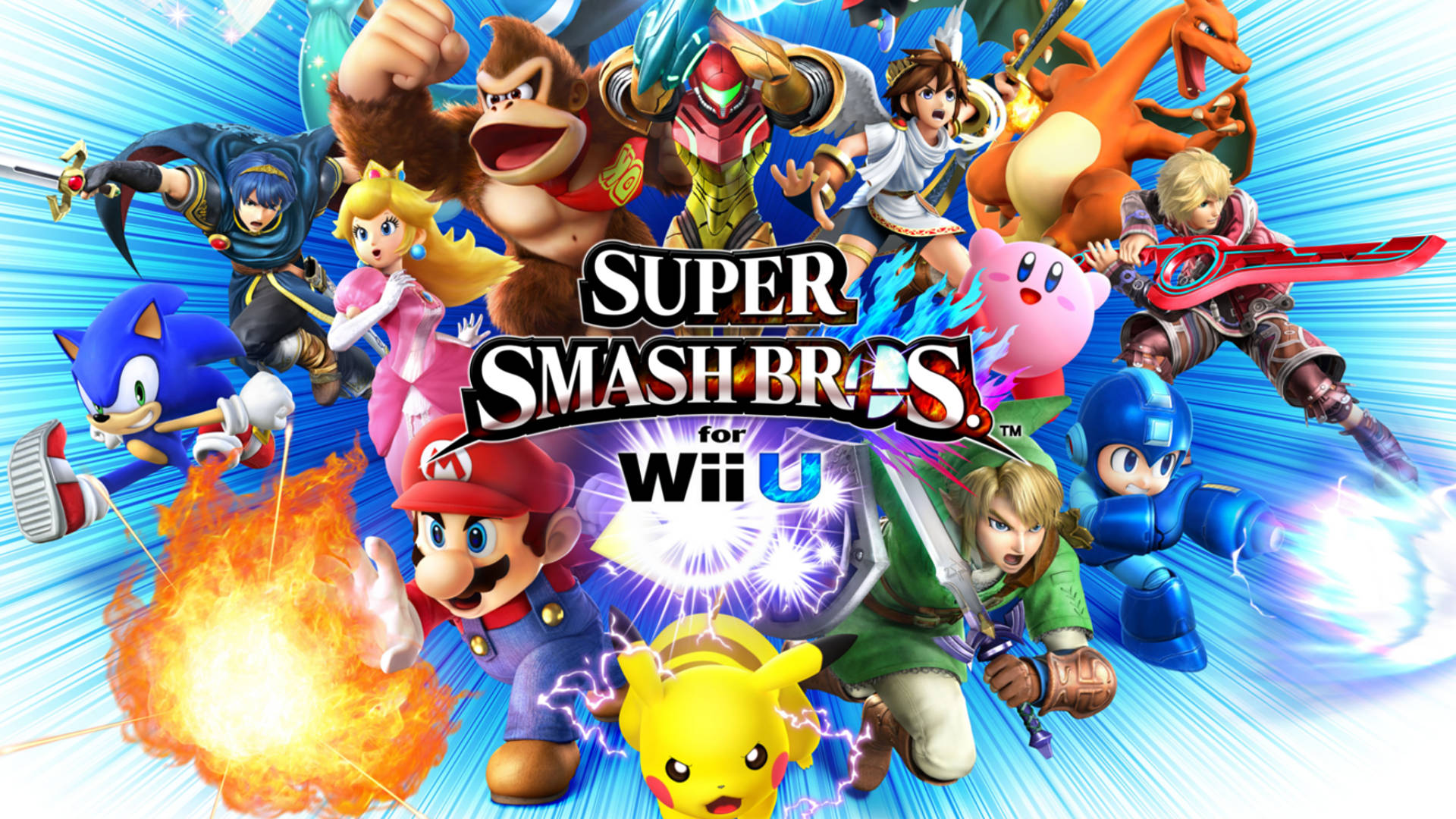
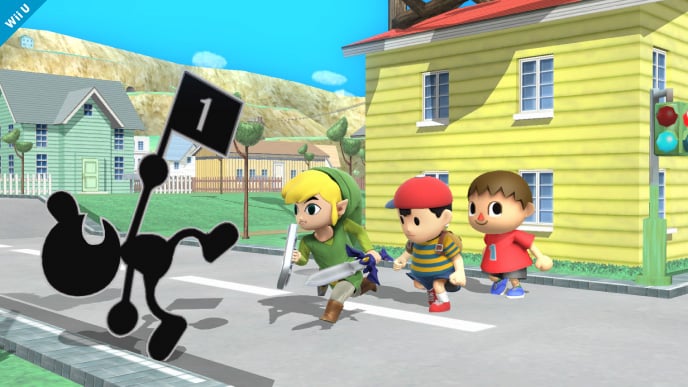

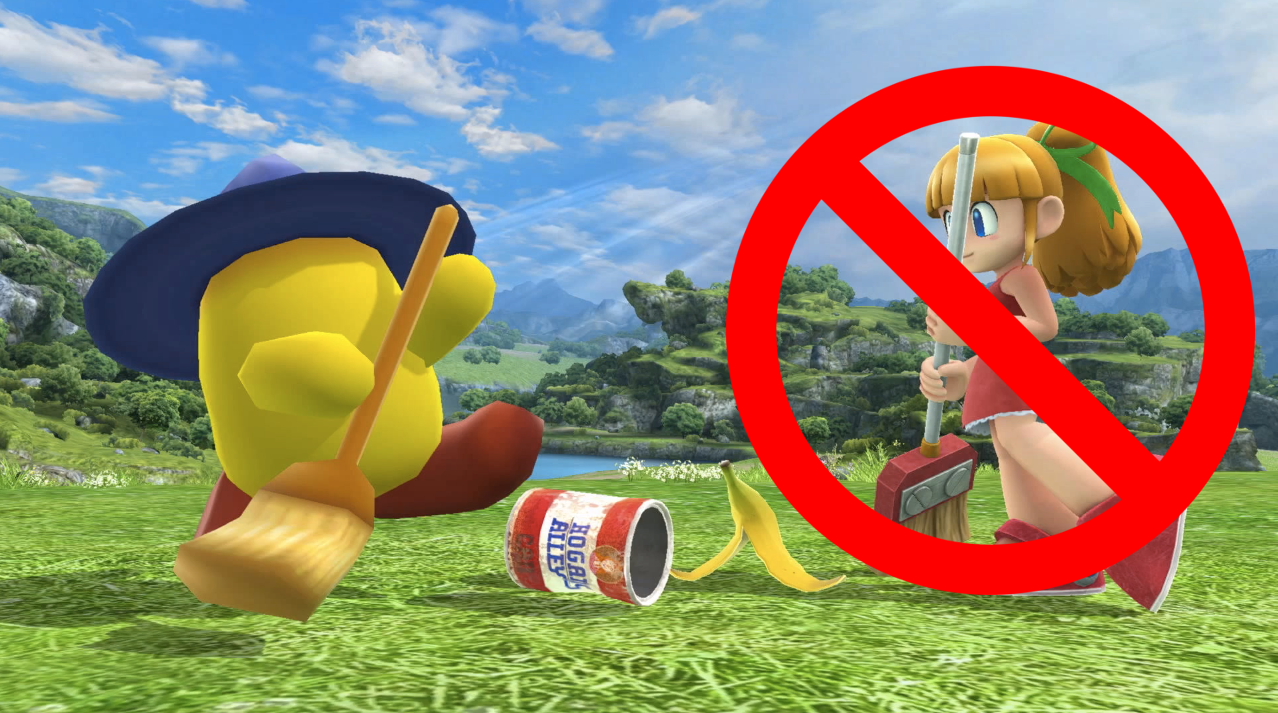
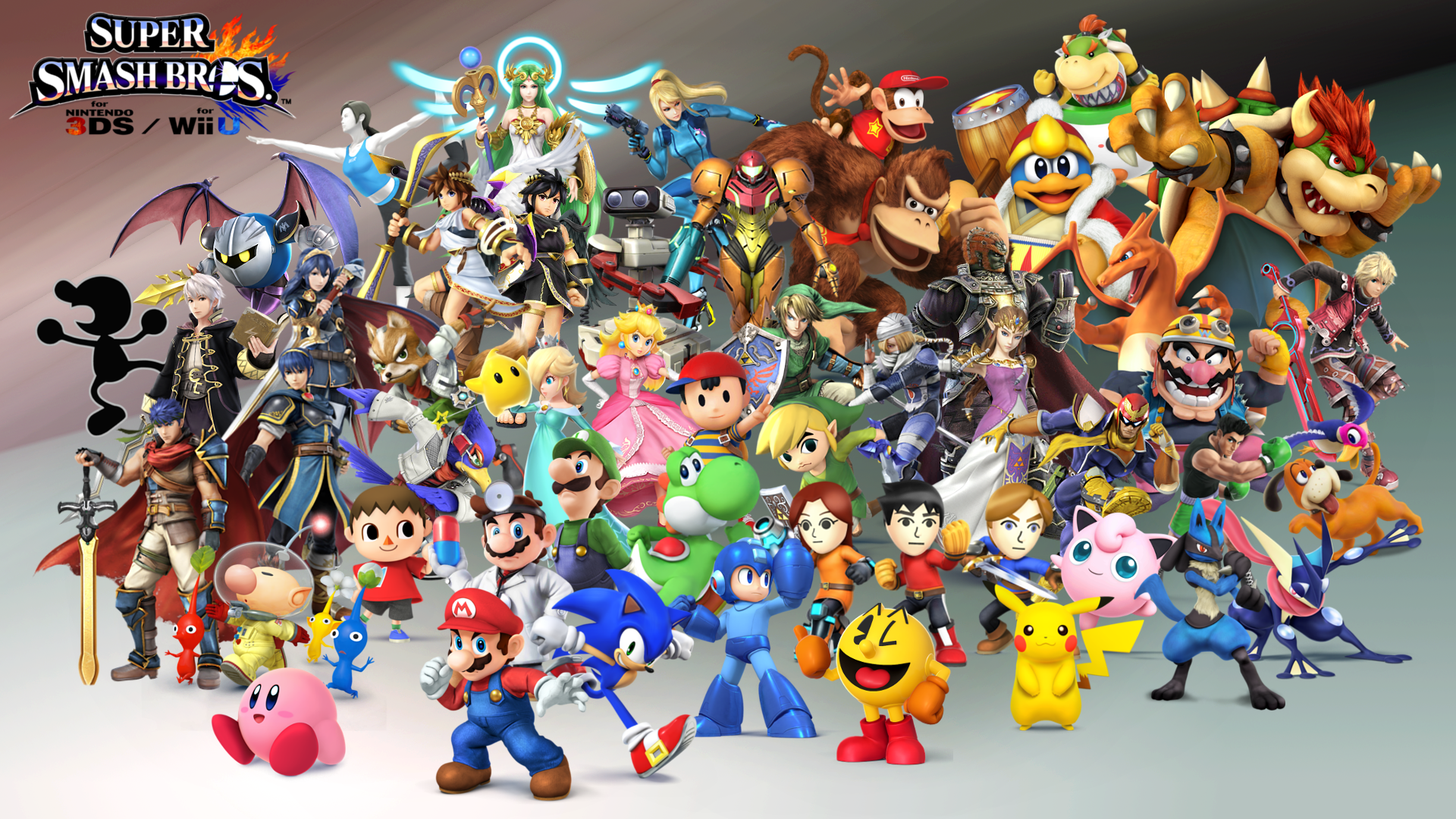
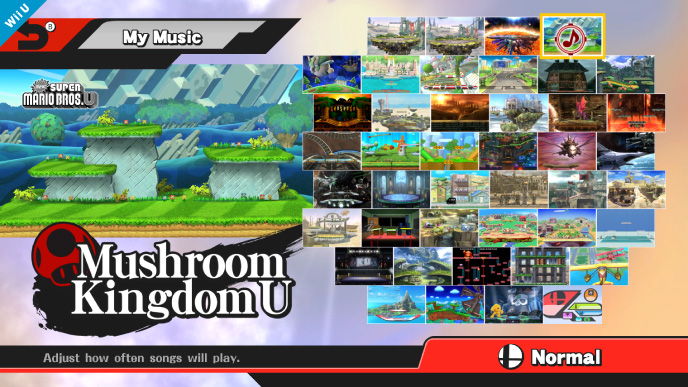
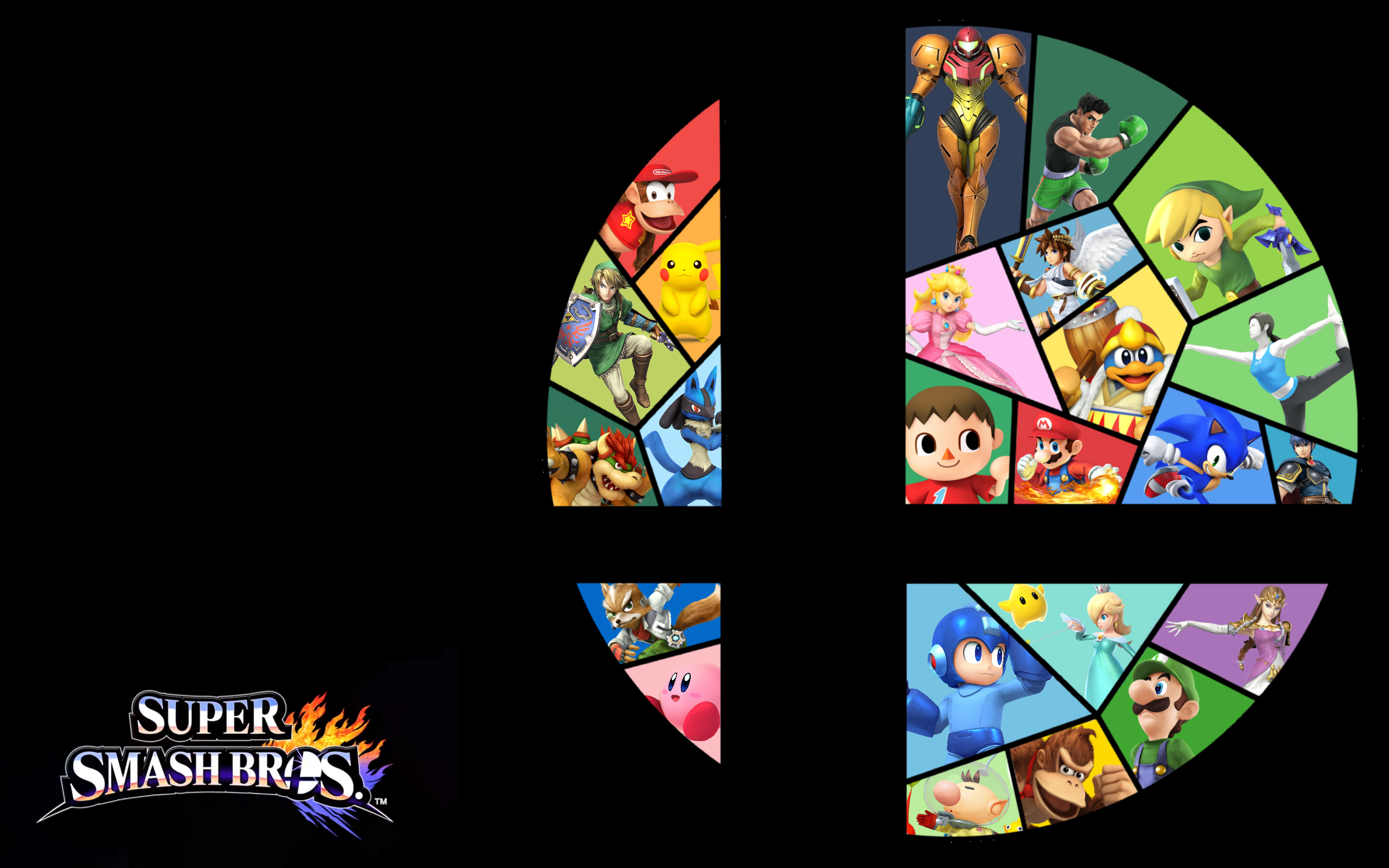



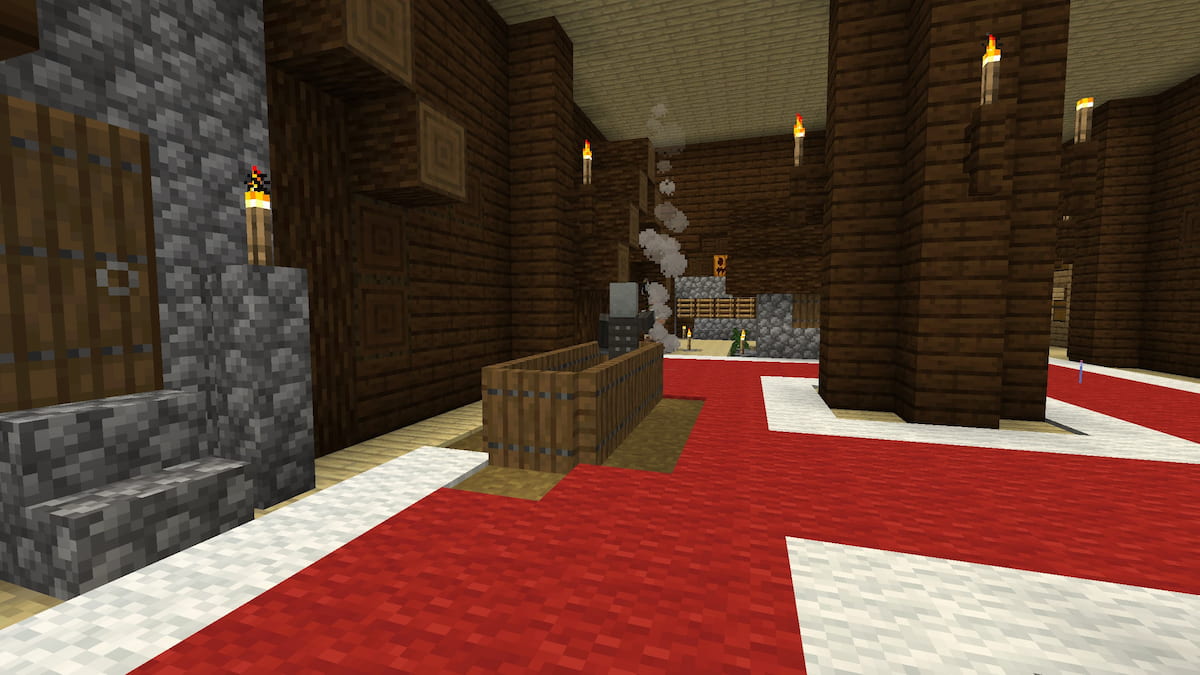
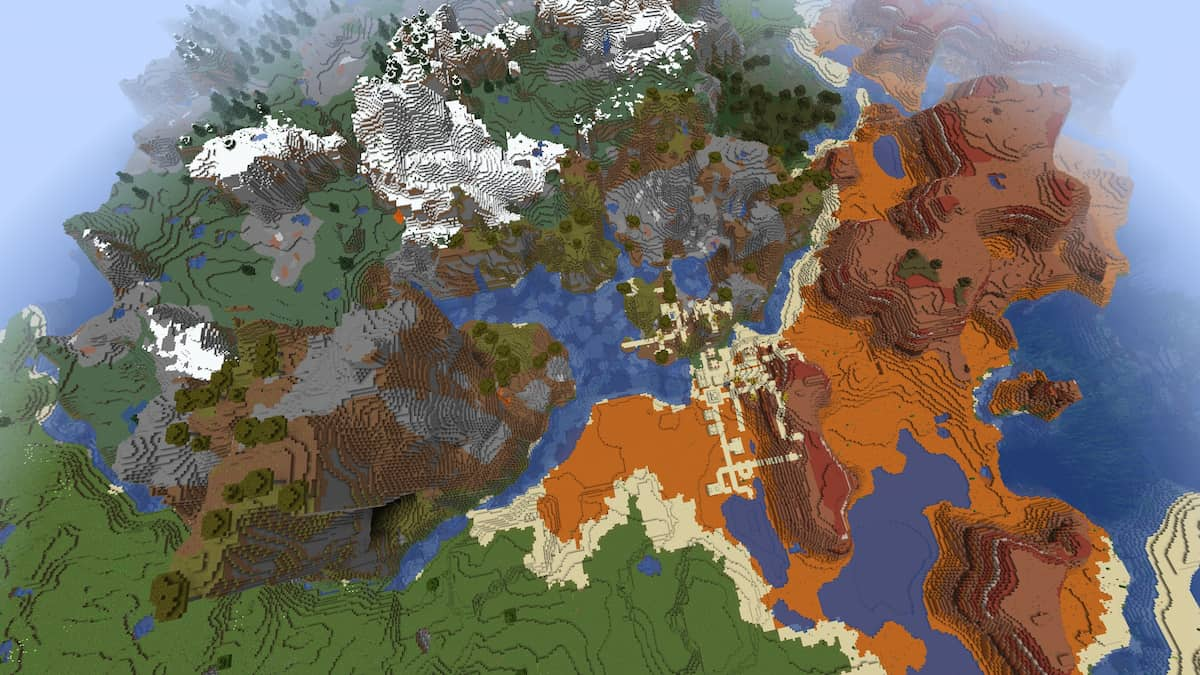
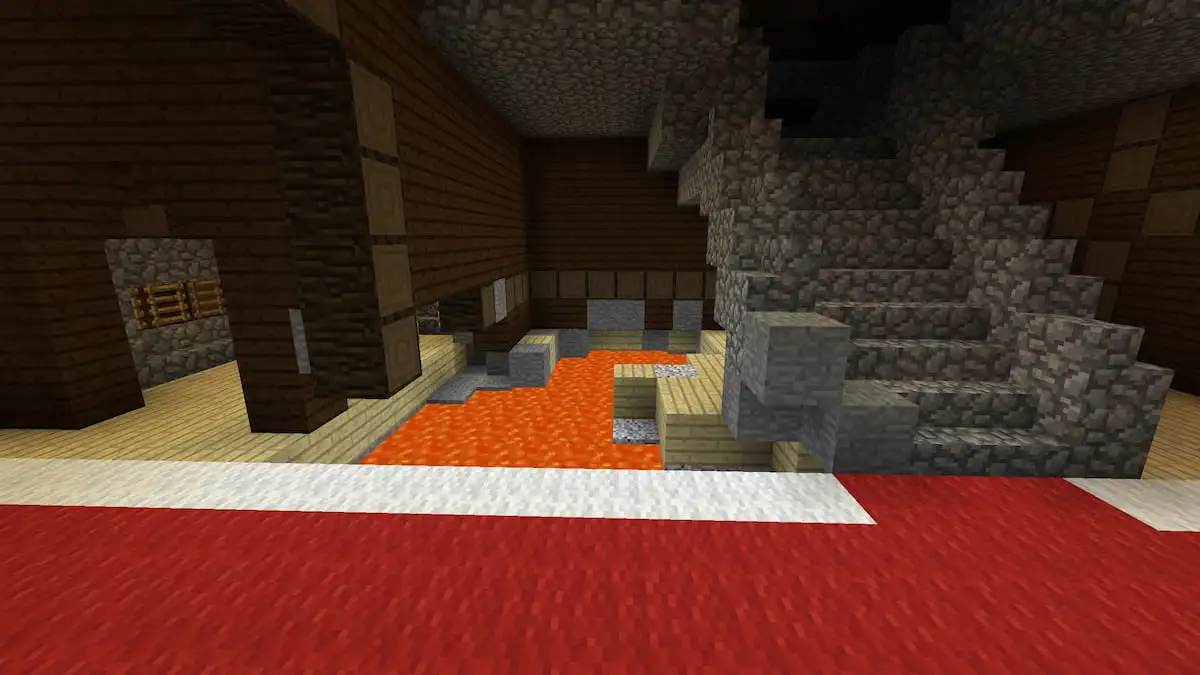
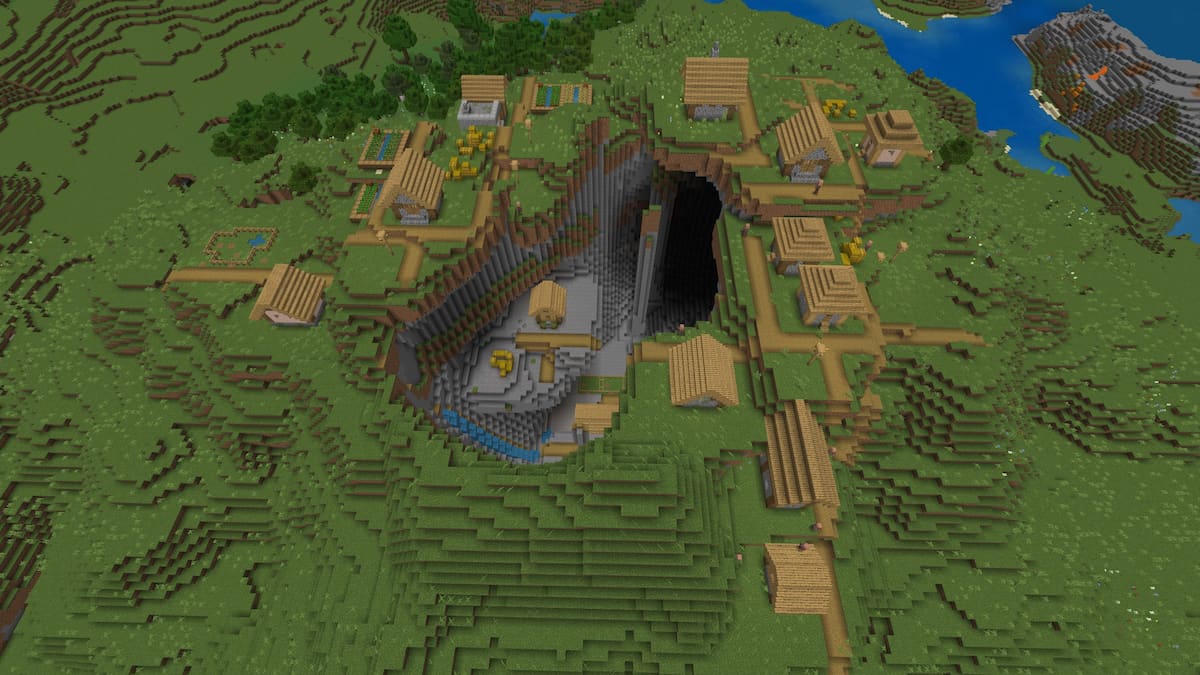
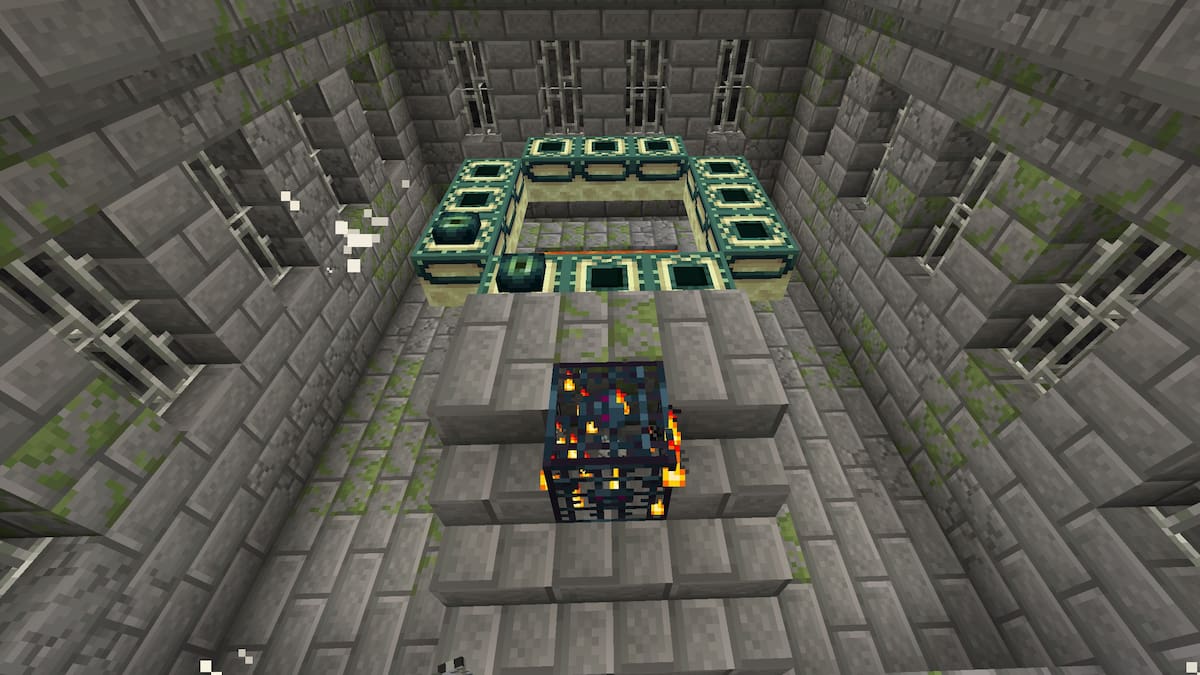
Published: May 12, 2016 08:58 am